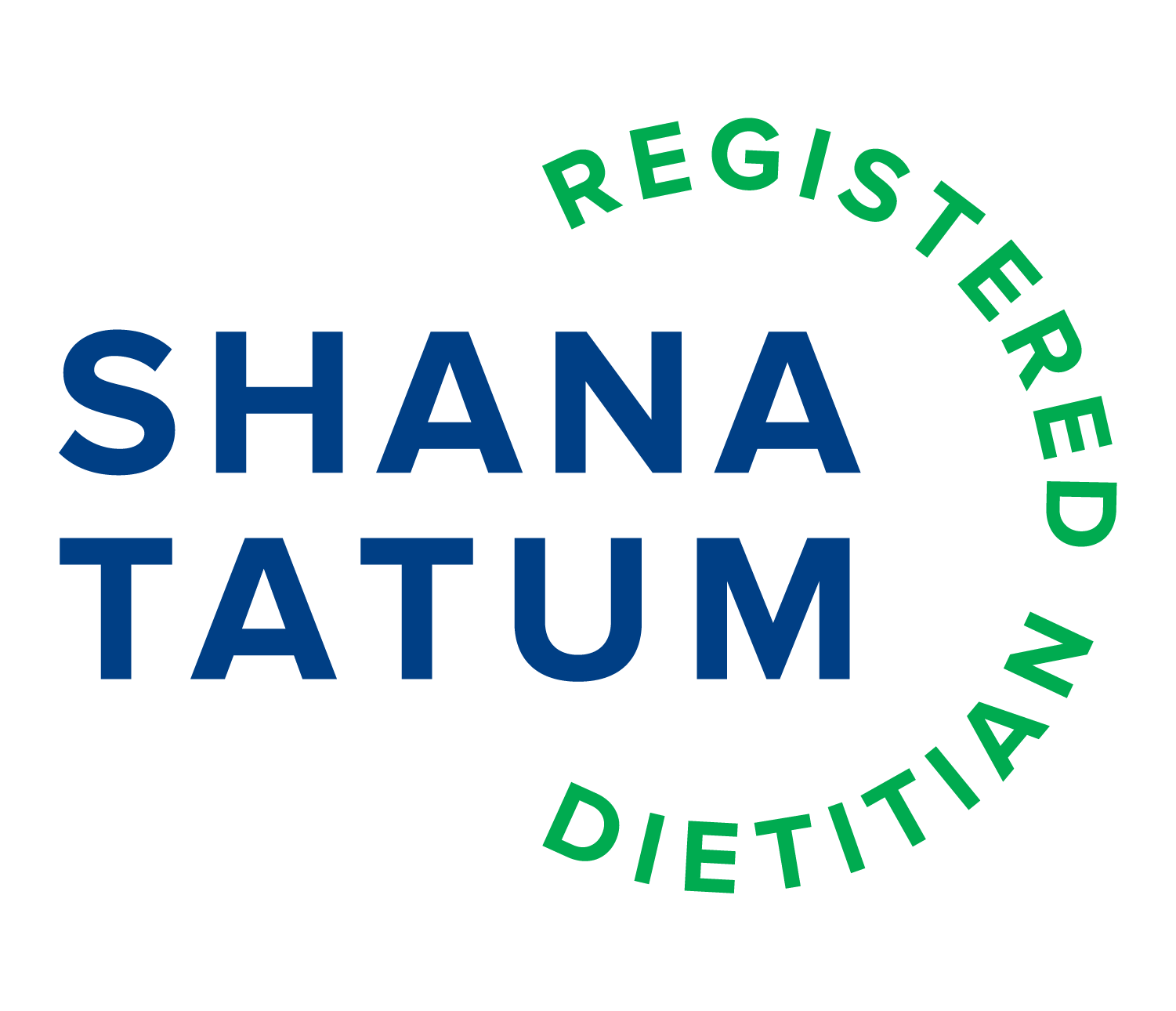Back to School Nutrition
School is back in session and routines are forming. No more lazy days of summer. With just one of mine still at home and creating a new school routine, I am reminded of the days when the struggle to pack healthy lunches was real.
Trying to balance nutrition and budget with childhood preferences, not to mention peer pressure, can be difficult to find foods that everyone can be happy about. It is no surprise that research demonstrates that nourished students are more engaged with their learning and perform better on tests and school work. While school nutrition is far from perfect, it has come a long way in recent years due to the Healthy Hunger Free Kids Act. Somewhere around 29 million students are fed each day in schools across America according to the USDA and the National School Lunch Program.
But what if you decide to pack a lunch at home for your child to take to school, what is the best way to do this?
Try new Foods
Invite your elementary aged kids to shop with you and decide what lunches you can help them pack. Perhaps make a challenge that once a week you try one new fruit or vegetable. Living in Houston with such diverse cultures, an international store is within your reach. Take a field trip and learn about a new flavor, texture or spice. For older kids, let them choose some premade foods that may offer an easy alternative to fast food. If your teen is learning to drive, a trip to the farmer’s market is a great way to get hours and explore new tastes at the same time.
Hydration
Be sure children get plenty of fluids. Water is the most abundant substance in the human body. It makes up for about 60% of body weight. It helps keep joints lubricated and transports nutrients to the cells. The temperatures in Houston are still hot and humidity is still here for a few more months. Having a special water bottle filled with water or with an added splash of juice for extra flavor can help young minds concentrate. Children 4-8 years should strive for 7 cups per day, 9-13 year olds 9-10 cups, 14-18 year olds 10-14 cups. Don’t forget fruits and vegetables provide some of the total daily water needs.
Fiber
Added fiber not only helps with bowel elimination, it helps maintain blood sugar control and it can give the gut microbiome a big boost. Prebiotics are being studied more and more and show how important the fiber in our foods are to feed the microorganisms that live between our mouth, down the intestinal tract and out the anus. The good bugs help regulate the immune system, metabolism and even neurotransmitters. Each day children ages 5-10 should eat 10-15 grams, 10-15 year olds 15-20 grams and 15-18 year olds 20-25 grams per day. Fiber is found in berries, avocados, beans and grains like oats, barley and quinoa. Use them in fruit cups and yogurt parfaits, or beans in bowls or spread on wraps and sandwiches.
Plan together
This takes a bit more time and as a busy parent, time is not what we have in abundance! Including children in the meal decision process could give you more buy-in for what they will eat. It also gives you an opportunity to discuss the importance of how protein builds muscles and grows hair and nails. Or how vitamins and minerals found in all our colorful foods are the catalysts for reactions such as sleep and wake hormones.
Be a role model
At home, parents can model behaviors that promote good health. If you snack in front of the TV or computer all the time, they will think this is okay too. Did you know you eat with your eyes and your nose, not just your mouth? When we slow down to actually see the food on our plate, to smell it and to have gratitude for all the work that went into getting our food on the plate, we have better digestion. The brain has more time to send saliva into the mouth prepping digestive enzymes, such as amylase, ready to breakdown carbohydrates. It also prepares the stomach to produce stomach acid which can better break down proteins. The more digested our food, the easier we gain nutrients from it.
Finding ways to share good nutrition with your children does not have to be difficult. As parents we all know we have to choose our battles. The rush of getting to class and new COVID protocols can make the school mornings challenging. These tips may help encourage you and your family to make improved nutrition a meaningful part of your back to school routine.
